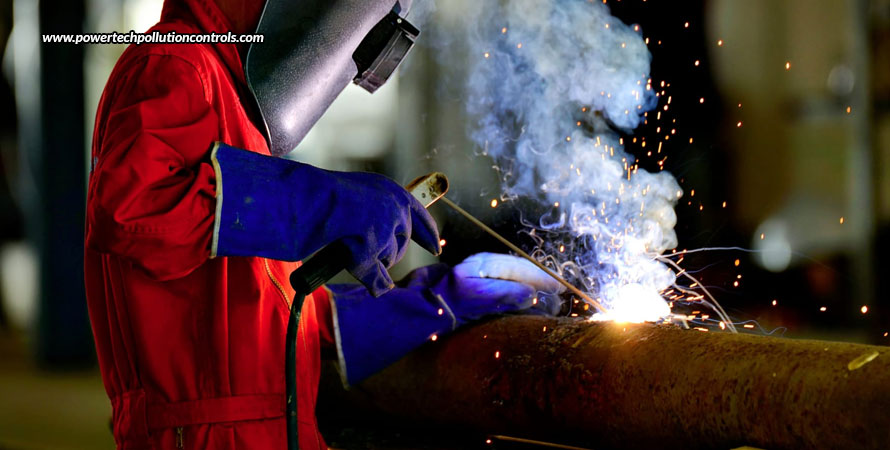
Avoiding The Possible Welding Safety Hazards
Welders may encounter several safety risks, such as electric shocks, flames, and explosions, but if the necessary safety precautions are taken, and proactive safety measures are adopted, welding can be a safe occupation. Safety has always been a crucial factor when undertaking a welding project. This is why many organisations across the globe, like the American Conference of Governmental Industrial Hygienists (ACGIH) and the Occupational Safety and Health Administration (OSHA), have developed a set of safety measures to reduce and eliminate welding hazards, and keep welders safe and secure. Employers and employees are recommended to adhere to the following guidelines –
- To read and comprehend the instructions provided by the equipment’s maker
- To review all the safety instruction documents thoroughly and abide by them
- To recognise and follow the stated internal safety procedures of the firm
Everyone benefits from being aware of the most prevalent welding safety hazards, and knowing how to avoid them, which helps to ensure a secure and effective working environment. Let’s talk about three such welding hazards in the blog below.
Gases and fumes
It is a well-known fact that prolonged exposure to toxic vapours and gases can strongly affect one’s health. Such toxic and intricate metal oxide compounds that are formed by consumable base metals and their coatings are present in welding fumes. It is crucial to stay away from such fumes and allow for enough ventilation within the premises to balance out the exposure to any dangerous compounds that may be present in the vapours. The best kind of ventilation and exhaustion system you can install within your premises to filter out such harmful fumes and gases is Powertech Pollution Controls’ Fumekiller, the welding fume extractor India that is a high-efficiency two-stage electrostatic precipitator, designed, developed, and manufactured for the capture and control of most types of fumes, mist, smoke, and fine dust.
Injuries brought on by inadequate personal protective equipment
Welders are protected from harm with the aid of personal protective equipment (PPE). PPE offers complete mobility while giving adequate defence against any welding risks. Fire-resistant garments and leather are advised for usage in welding situations due to their great durability and safety. This is so that they don’t melt under the intense heat as synthetic textiles like polyester and rayon do. When welding overhead or perpendicularly, welding leathers are advised. Also, other protective gear like helmets, visors, and gloves are recommended. And, in the absence of all such gear, welders are put at high risk!
Electric shock
One of the most serious threats that welders confront is electric shock. When employees put two metals with high voltage into contact, electric shocks can occur. This electric shock has the potential to injure or even kill people! Secondary voltage shock, which can be anywhere between twenty and one hundred volts, is the most typical kind of electric shock experienced during the welding process; and it is important to note that a human can be killed by a single shot of current at only 50 volts or less. To keep oneself safe from such electric shock, it is recommended that the welders wear proper protective equipment like rubber boots and rubber pads, especially when working in high humidity conditions. Also, rubber gloves should be worn under the welding gloves in such situations. Moreover, if the welding operation must be done on steel or other conductive material, an insulating mat should be used under the operator.
So, get yourself the best protective gear, and keep your premises well-ventilated with the right air filtration systems, and get rid of welding fumes dangers!


